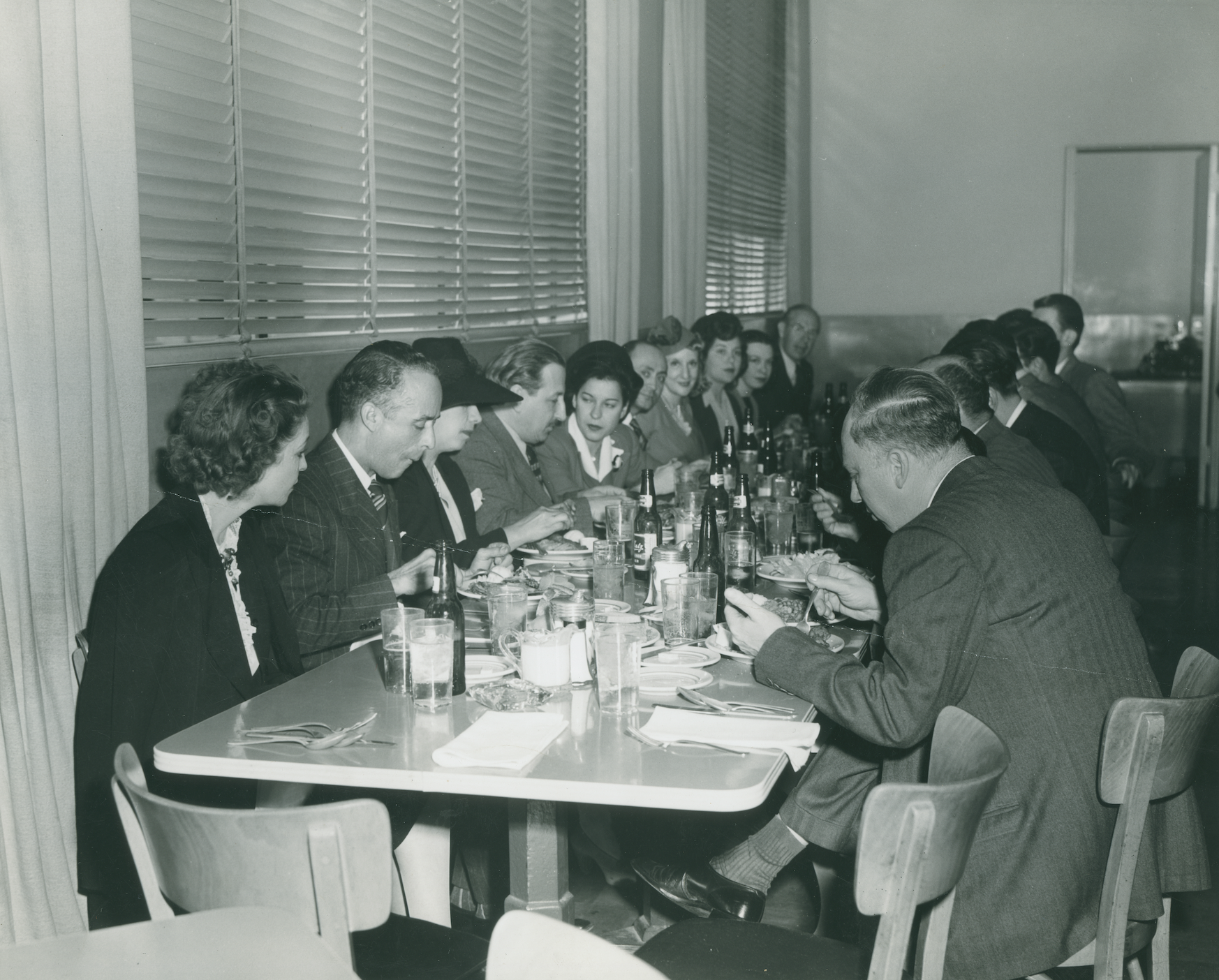How Baby Boomers Have Killed the Manhattan Power Lunch

Credit to Author: Maxwell Strachan| Date: Tue, 29 Oct 2019 22:45:08 +0000
You know what sounds great? Plowing through three martinis and an overpriced steak at an upscale Midtown Manhattan restaurant on a Wednesday afternoon, all on the company dime and under the vague guise that I’m sourcing up, entertaining clients, or maybe just brainstorming ways to save the world with my remarkably drunk boss.
Unfortunately, most of my weekday lunches involve something more along the lines of shoveling an odd assortment of KIND bars, baby carrots, and string cheese into the hole located in the bottom half of my face while I race to make up for the fact that I’m already behind on the million tasks I said I’d complete yesterday, if not before.
That I do not consider this daily arrangement ideal might come as a surprise to the New York Post’s Steve Cuozzo, or whoever wrote the headline for his meandering recent column, “How millennials have killed the Manhattan power lunch.” Cuozzo contends that the reason for the decline of these so-called power lunches—which he defines as “schmoozing and table-hopping encounters by heavy-hitters who could move markets”—rest squarely on people my age. The evidence he provides for his thesis is sparse, but seems to include some assemblage of the words “FaceTime,” “microgreens,” “Kardashian,” and “clickbait.”
If I’m being kind to Cuozzo, I suppose he probably feels that millennials are technology-addicted health freaks who like to read about the Kardashians while eating their pre-ordered salads, which, sure! Probably, even. But the idea that those facts, if you wish to call them that, have anything resembling a causal relationship with the slow death of long and alcohol-infused weekday lunches is so blindingly out of touch with the realities of the modern economy that I just slammed my third company-provided KIND bar of the day on my desk, where I am eating my lunch, as usual.
Perhaps, and stay with me here, responsibility for the death of the power lunch rests with the people who have power and time for lunch. The people who institutionalized an economic system that has left both millennials and the broader workforce feeling broke, burned out, chained to their desks, and constantly behind. Or maybe responsibility belongs with the executives who have tightened up expense policies (outside of their own of course), repeatedly rejected their employees’ requests for raises, and required anyone on the payroll to respond to texts, Slacks, emails and phone calls at all hours of the day or night—rendering it near-impossible for them to sit back and relax at 1 p.m.
Who are these people? Boomers.
One thing is for sure. Americans on the whole aren’t going out for lunch as much as they used to. In 2016, for example, they went out for lunch 433 million fewer times than a year before, according to a survey by market-research firm NPD Group Inc. Zero in on millennials, and this is what you’ll see: Only 37 percent of us take lunch breaks, according to one survey. Of those who do, less than half take a break of at least 30 minutes. If you think that’s entirely by choice, or because of anything resembling a phone addiction, you are either willfully or genuinely ignorant. People are avoiding pricey lunches to save what little money they have in an economy that doesn’t favor them, and because of a separate byproduct of the technological revolution: It is almost impossible to get away from work.
To add to the fire, Cuozzo implies that his fellow journalists have failed to realize the professional benefits of hobnobbing with the likes of “ABC’s Dan Abrams, CBS’s Maurice DuBois and Lesley Stahl and CNBC’s Andrew Ross Sorkin … music mogul Clive Davis, novelist Mary Higgins Clark and Vanity Fair’s Lynn Hirschberg” (his list). To which I say: Are you kidding me, Steve? I would love to hobnob with Lesley Stahl! Alas, I work in an industry that has been eaten alive by private equity, sanded down by venture capitalists, chewed up and spit out by Facebook, ruined by the internet and repeatedly threatened by the president. So, excuse me if the pressures of propping up this dying industry while columnists like you take another casual stroll down memory lane leaves me with little time to schmooze.
Question: Is it possible that younger women and people of color realized there were only limited potential benefits to trying to fraternize with a bunch of old white men in stodgy Midtown restaurants? In his piece, Cuozzo almost gets there, albeit near the end in a paragraph with a “To be sure”-type twist. Really, he’s so close: “Power lunching at its peak had a dark side,” Cuozzo himself states. “Eighty percent male and nearly 100 percent white, it defined the elitism of high-end dining day or night. It promoted heavy drinking, smoking and lousy, overpriced food that privileged customers charged to their companies.”
Oh right, all that.
Another way to describe that dark side: Most industries were created by and are still run to the benefit of the white men who sit inside extravagant restaurants, where they expense lunches and talk out corporate strategies to enhance their profits. Strategies like: Can we maybe squeeze a few more bucks out of each employee? By, say, taking aim at lunch breaks?
Sign up for our newsletter to get the best of VICE delivered to your inbox daily.
This article originally appeared on VICE US.